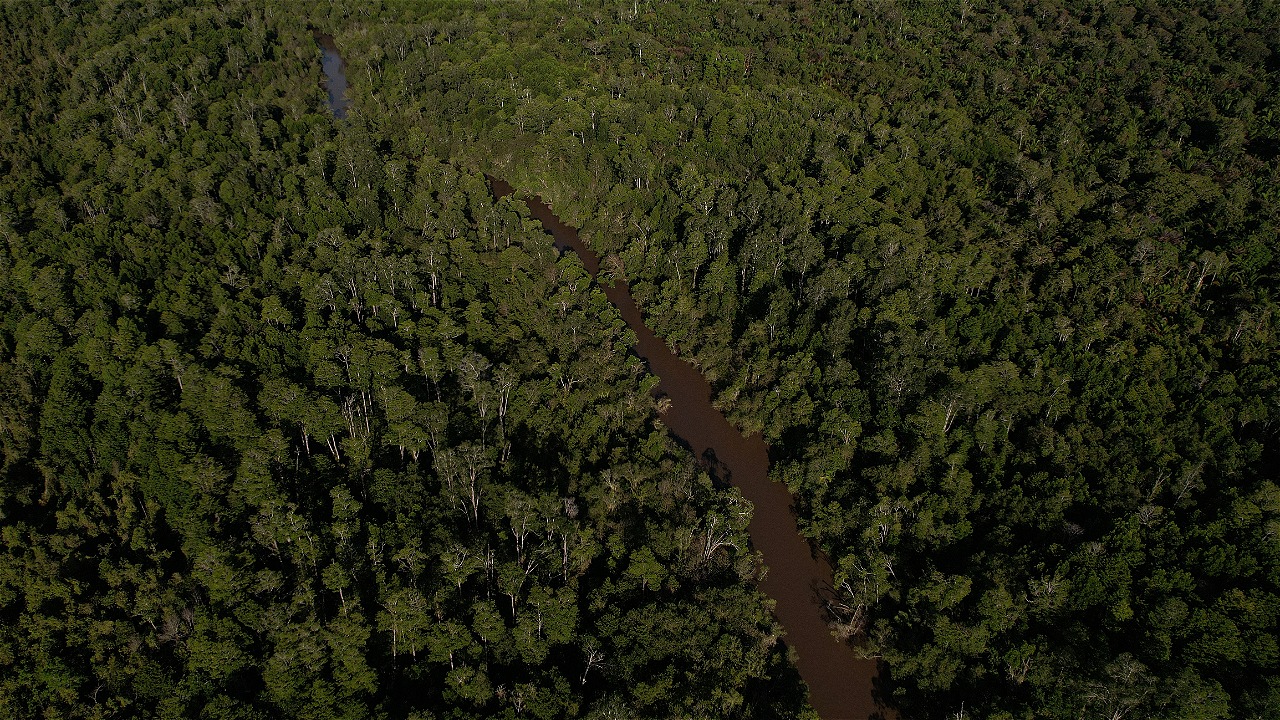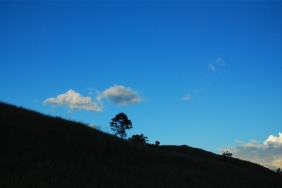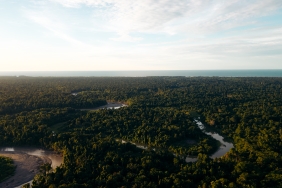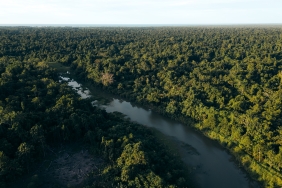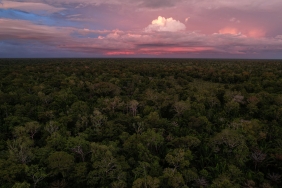INDIGENOUS PEOPLES' PARTICIPATION IN SUSTAINABLE DEVELOPMENT IN THE LAND OF PAPUA
By: Blandina Isabella Patty (Communication and Environmental Education Officer WWWF-Indonesia Papua Program)
"Building Papua for Indonesia" is the theme of the Papua Development Week Exhibition organized by the Papua Provincial Government on November 21-25, 2017. With the sub-theme "Portrait of Papua's Development in Realizing Awakening, Independence, and Prosperity", the event which took place at the Cenderawasih Sports Center, Papua, was officially opened by the Governor of Papua, Lukas Enembe, S.IP. MH. The event was attended by all SKPDs within the Papua Provincial Government as well as all representatives of regencies and cities in Papua Province and several non-governmental organizations in Papua.
On this occasion, WWF-Indonesia Papua Program also participated in enlivening the Papua Development Week Exhibition which lasted for five days. As one of the non-governmental organizations that has been working in the Land of Papua for a long time, WWF-Indonesia Papua Program is also proud of the development in Papua. In its journey to date, WWF-Indonesia has worked with the provincial and district governments in encouraging environmental conservation and sustainable development efforts in the Land of Papua.
One of WWF-Indonesia's programs in pursuing sustainable development in Papua is the community assistance method. Through the Community Forestry program, WWF-Indonesia assists indigenous communities in sustainable forest management. This is based on the Papua Governor Regulation No. 13 Year 2010 on Forest Product Management Business License by Indigenous Peoples. The purpose of this regulation is to enable indigenous communities to participate in managing their own forests and to get economic improvements for them. This is in line with the subtheme and theme of the 2017 Papua Development Week Exhibition.
In the exhibition that was opened to coincide with the Special Autonomy Commemoration in Papua, WWF-Indonesia also exhibited the results of forest wood management by indigenous peoples. The results of forest wood management are the work of indigenous peoples assisted by WWF in several locations. From several groups in seven WWF assisted areas, on this occasion there were two groups involved in the Papua Development Week Exhibition. The groups are KSU Yera Asai from Yapen Islands Regency and KSU Jibogol from Sarmi Regency. They brought their creations that were displayed in the WWF exhibition booth for sale. Some of the results of wood processing by the community, including bookshelves, tables, chairs, and some other handicrafts in the form of displays.
In the implementation of forest conservation by indigenous peoples, WWF-Indonesia's Community Forestry Program Papua is not only focused on assisting the community in forest products in the form of wood. Other programs such as the development of ecotourism forest birdwatching are also carried out by the WWF-Indonesia Papua Program. In the exhibition, noken (traditional Papuan woven bag) craftsmen from the birdwatching ecotourism village and bird of paradise imitation craftsmen also exhibited and sold their handicrafts. In addition, there were eucalyptus oil products managed by indigenous communities in Wasur National Park. Community involvement in nature conservation and efforts to improve economic needs in a sustainable way is a form of participation of indigenous peoples in sustainable development in Papua.
The face painting activity at WWF's booth made the atmosphere more lively. Visitors could paint their faces with traditional Papuan painting motifs and then take pictures wearing imitation cenderawasih ornaments while campaigning for the conservation of the Papuan bird of paradise. The visitors who came to WWF's booth received information about bird of paradise conservation. With their rich traditional knowledge, heritage and sustainable natural resource management systems, indigenous peoples are expected to be able to actively contribute to the sustainable development of their respective regions.

